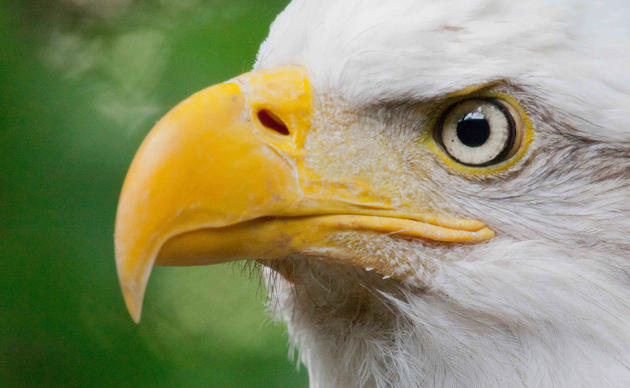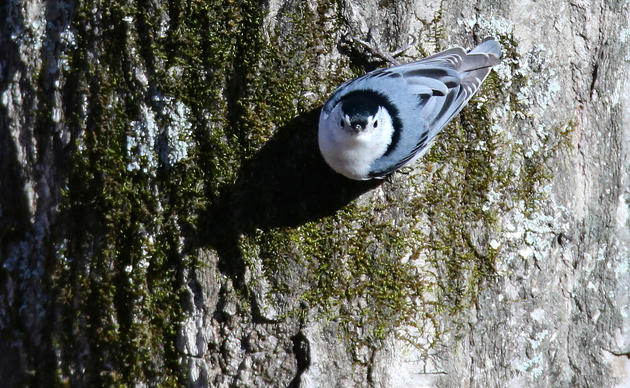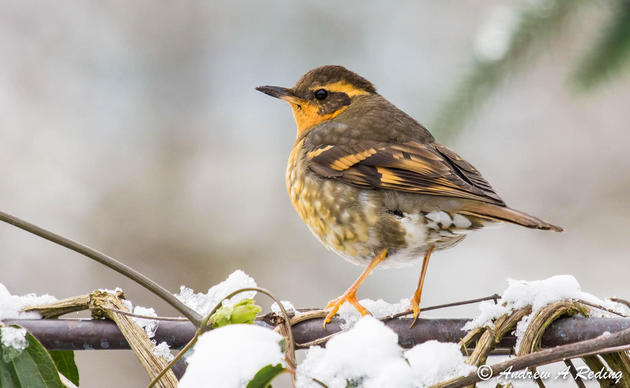Audubon Washington's conservation work in Puget Sound is informed by our conservation decision-support tool, the Puget Sound Conservation Blueprint, which identifies priority coastal wetlands for protection. We use the Blueprint as our guide to expand efforts to fund, develop, and support innovative climate-resilient coastal protection and restoration efforts.
One priority area for conservation identified by the Conservation Blueprint is Kennedy Creek estuary in South Puget Sound. Audubon, the Department of Natural Resources (DNR) and others recently raised concerns that fill associated with Highway 101 might be restricting flow in and out of the upper portion of the Kennedy Creek estuary, causing erosion problems in the emergent wetlands in the lower estuary through a “fire-hose” effect at times of high flows. Over the past year, Audubon Washington convened local stakeholders to discuss potential interest in restoring Kennedy Creek estuary by removing the fill where Highway 101 crosses the mouth of the creek within the Natural Area Preserve.
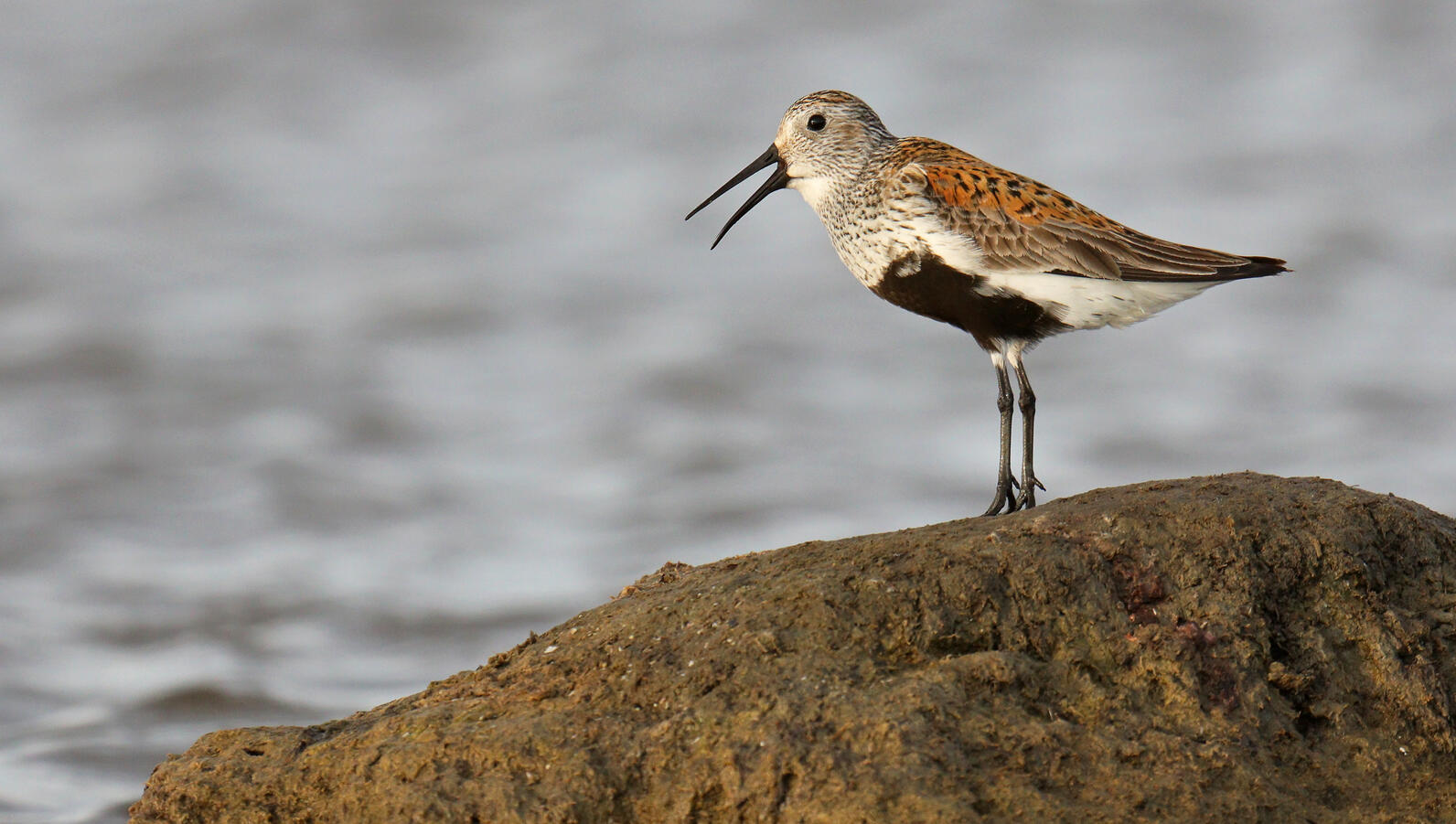
During this work, the South Puget Sound Salmon Enhancement Group (SPSSEG) commissioned a study in coordination with the DNR to investigate hydrologic function at the site. The results of that study show the resilence of the estuary. While the fill takes up nearly six acres of estuarine wetlands, and there are potentially some erosion impacts to the emergent wetlands in the lower estuary, the hydraulic flows into the upper estuary are not hampered. The report paints a picture of less impact than originally feared.
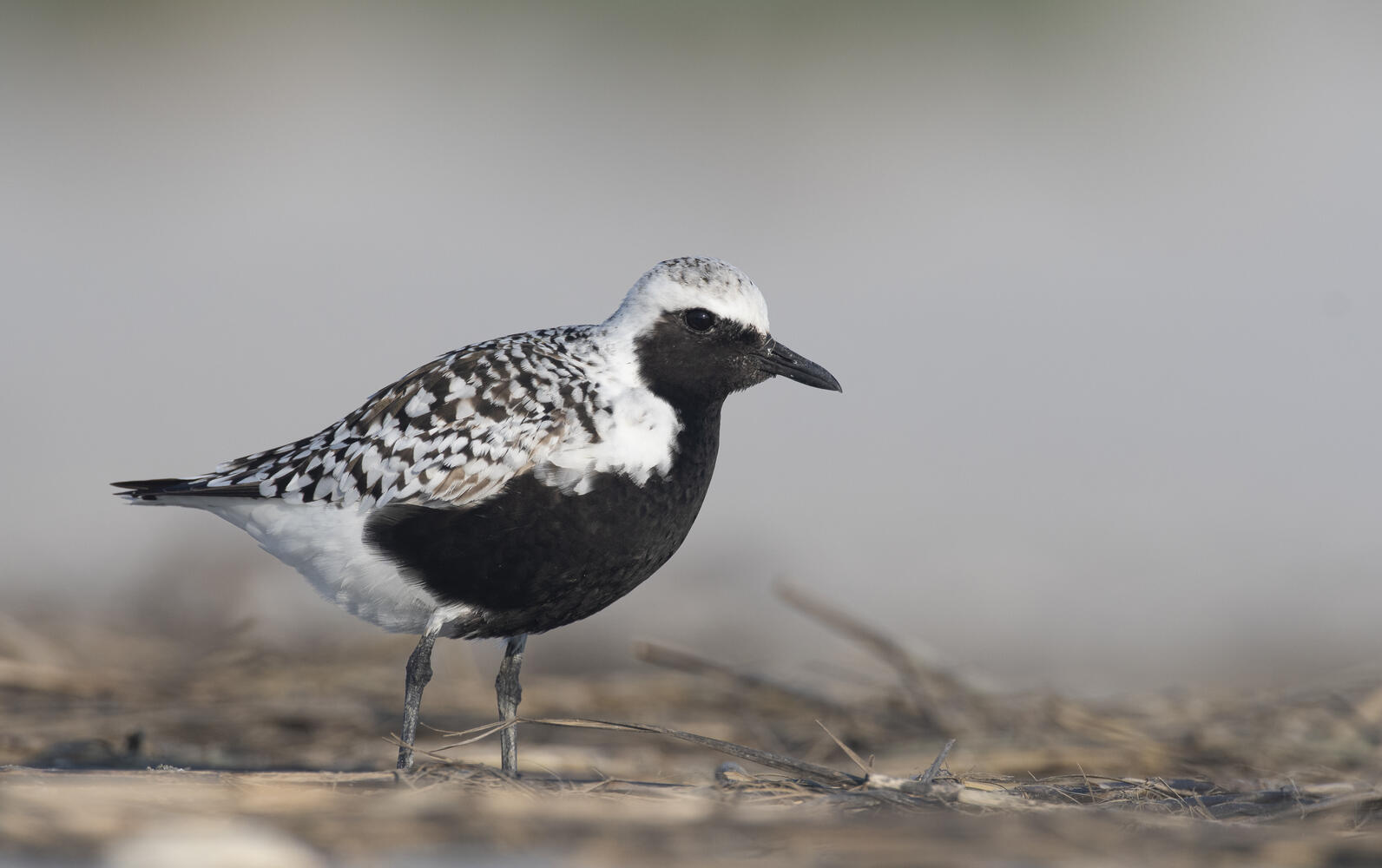
This is good news. Things are not as bad as we thought at Kennedy Creek and potential funding for fill removal would be better spent elsewhere. Audubon, DNR, SPSSEG and the Squaxin Island tribe are now turning their focus to other, shorter-term potential projects to protect and enhance this vital estuary and improve the site’s resilience to climate change. One possibility is the addition of anchored large woody debris such as logs and stumps in the outer estuary. Further study may be needed, but it is believed this alternative could reduce erosion threats to the emergent wetlands through redirecting waters during high flow events. It would also enhance ecosystem function and species diversity in the estuary, particularly of invertebrates, an important source of prey for many shorebirds. Another specific benefit for birds would be in the logs and stumps providing roosting sites for Dunlin at high tide. Audubon will continue to coordinate with the other groups interested in this critical area to explore opportunities for restoration and enhancement.


